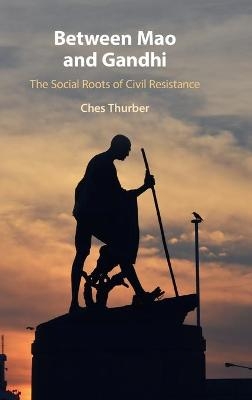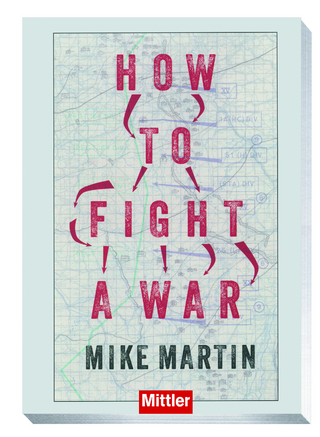
Between Mao and Gandhi
The Social Roots of Civil Resistance
Seiten
2021
Cambridge University Press (Verlag)
978-1-108-84406-2 (ISBN)
Cambridge University Press (Verlag)
978-1-108-84406-2 (ISBN)
Civil resistance campaigns have proven capable of toppling regimes and bringing about revolutionary political change. But how do dissidents come to embrace a nonviolent strategy in the first place? Thurber examines the social underpinnings of challenger movements to understand how they perceive, evaluate, and decide upon strategies of resistance.
From Eastern Europe to South Africa to the Arab Spring, nonviolent action has proven capable of overthrowing autocratic regimes and bringing about revolutionary political change. How do dissidents come to embrace a nonviolent strategy in the first place? Why do others rule it out in favor of taking up arms? Despite a new wave of attention to the effectiveness and global impact of nonviolent movements, our understanding of their origins and trajectories remains limited. Drawing on cases from Nepal, Syria, India and South Africa, as well as global cross-national data, this book details the processes through which challenger organizations come to embrace or reject civil resistance as a means of capturing state power. It develops a relational theory, showing how the social ties that underpin challenger organizations shape their ability and willingness to attempt regime change using nonviolent means alone.
From Eastern Europe to South Africa to the Arab Spring, nonviolent action has proven capable of overthrowing autocratic regimes and bringing about revolutionary political change. How do dissidents come to embrace a nonviolent strategy in the first place? Why do others rule it out in favor of taking up arms? Despite a new wave of attention to the effectiveness and global impact of nonviolent movements, our understanding of their origins and trajectories remains limited. Drawing on cases from Nepal, Syria, India and South Africa, as well as global cross-national data, this book details the processes through which challenger organizations come to embrace or reject civil resistance as a means of capturing state power. It develops a relational theory, showing how the social ties that underpin challenger organizations shape their ability and willingness to attempt regime change using nonviolent means alone.
Ches Thurber is an assistant professor of political science at Northern Illinois University. His research has been published in International Studies Quarterly, the Journal of Global Security Studies, Conflict Management and Peace Science, and Small Wars and Insurgencies.
1. Pathways to revolution; 2. Social ties and civil resistance; 3. Nepal's Gandhians take arms; 4. Nepal's Maoists take to the streets; 5. Syria in the Arab spring; 6. Resisting colonial rule in the Syrian mandate; 7. Barriers to civil resistance: a global analysis; 8. Gandhi revisited: overcoming barriers to civil resistance in South Africa and India; 9. Conclusion; Appendix: notes on field research in Nepal; References; Index.
| Erscheinungsdatum | 20.09.2021 |
|---|---|
| Zusatzinfo | Worked examples or Exercises; 10 Tables, black and white; 15 Line drawings, black and white |
| Verlagsort | Cambridge |
| Sprache | englisch |
| Maße | 158 x 235 mm |
| Gewicht | 560 g |
| Themenwelt | Sozialwissenschaften ► Politik / Verwaltung ► Vergleichende Politikwissenschaften |
| Sozialwissenschaften ► Soziologie | |
| ISBN-10 | 1-108-84406-5 / 1108844065 |
| ISBN-13 | 978-1-108-84406-2 / 9781108844062 |
| Zustand | Neuware |
| Haben Sie eine Frage zum Produkt? |
Mehr entdecken
aus dem Bereich
aus dem Bereich
Geschichte, Parteistruktur, Radikalisierung
Buch | Softcover (2024)
UTB (Verlag)
27,90 €


